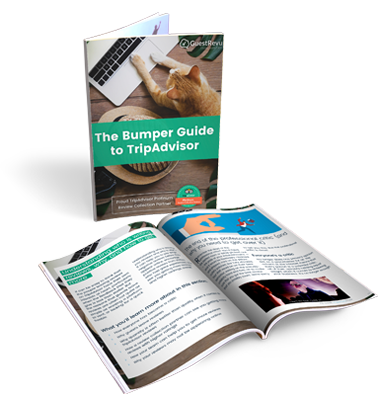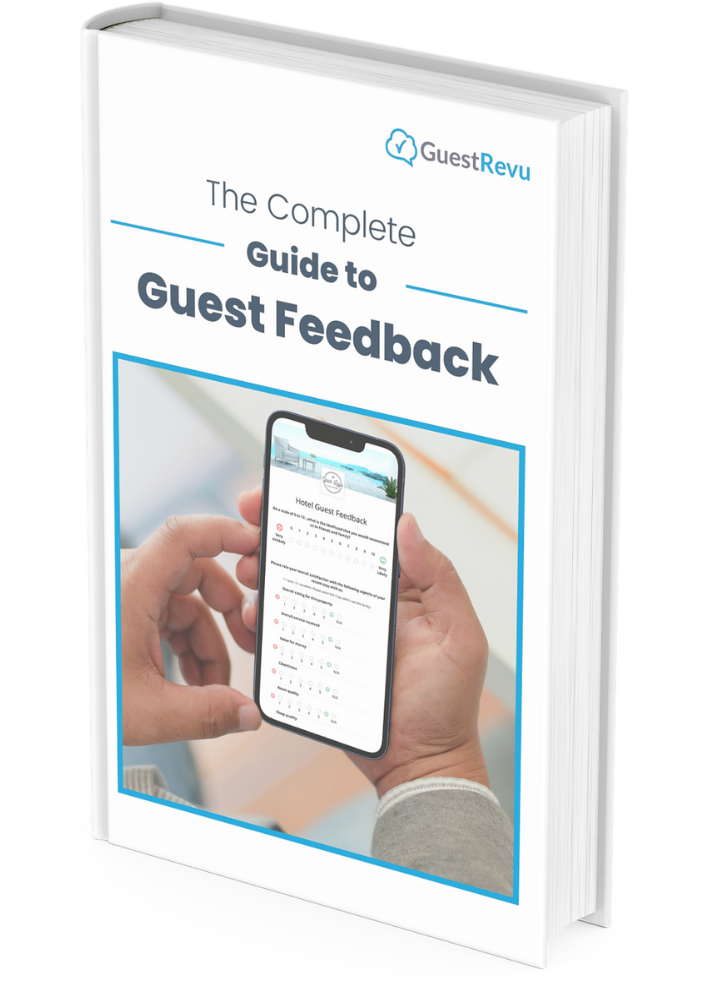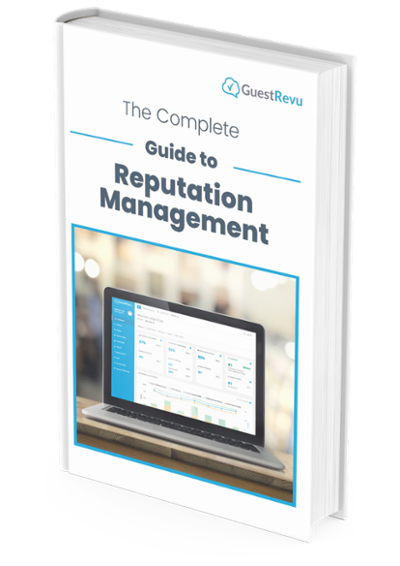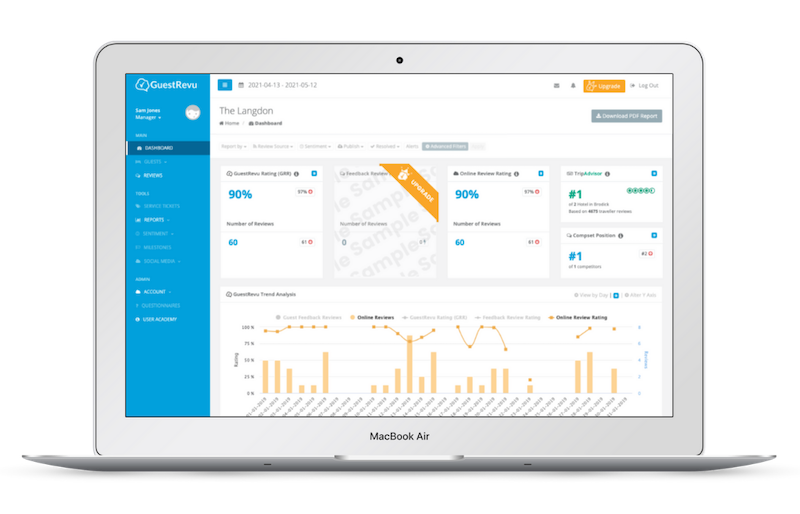Artificial Intelligence, Virtual Reality, chatbots and self check-in — guest-facing technology comes in multiple forms and has seemingly endless capabilities that are discussed practically daily. But the uses for tech don’t necessarily begin or end with your guests themselves. Back-of-house technologies are often no less vital to attracting and engaging with guests than their customer-facing counterparts, but can easily be overlooked. That’s why, this month, we’ve decided to delve into some of the valuable areas that internal hospitality technologies can cover, and how they can improve your guest experience.

Human Resources
Staff are the cornerstone of any business, and of any great guest experience. They are the first point of personal contact, and yet, they are also one of the most volatile commodities in the hospitality industry. As you know, empowered, happy, innovative staff members who jump at every opportunity to impress can boost morale and add value to guest experiences, while dissatisfied, unengaged, or poorly trained staff can be detrimental to your efforts across a range of areas.
Making sure that your staff are satisfied, engaged and trained is especially challenging in an industry where a high turnover rate and constant need for onboarding are the norm, as Adrian Tan points out in his breakdown of Travel Daily’s inaugural HR Executive Summit.
“Hoteliers are often under pressure to hire lots of people, within a short time frame, whilst rushing from one location to another and, of course, maintaining a professional disposition and making sure everybody is happy. It is a tough job and attrition can be high. So when you are short on headcount, you face the added dilemma of ensuring newcomers are properly trained versus putting them straight to the floor.” — Adrian Tan, Travel Daily Media
The answer, of course, lies with technology. From online survey tools like OfficeVibe to employee performance tools like EngageRocket, from onboarding software like Gnowbe to using chatbots like Su-Ette for common HR queries, technology to help manage staff training, engagement and human resources in general abound. And, as Andrew Fox of Timico also explains, a digital employee portal on its own can go a long way to opening communication between management and staff members.
“An established portal built by a knowledgeable partner will allow you to seamlessly share all kinds of information with employees, such as incoming VIP guests, best practices, onboarding initiatives, health and safety instructions, maintenance announcements, and more.” — Andrew Fox, Timico
Read the full Travel Daily Media article >>
Read the original post by Adrian Tan >>
Read the full article by Timico >>
Data Collection & Analysis
From the moment guests start interacting with your property, there is an opportunity to collect data that can help you to refine your marketing efforts, your staff and revenue management, your guest experience and so much more. But what data should you be collecting? How should you go about it? And what should you do with the data once you have it? These are all questions that collection and analysis software such as Fourth, For-Sight and Travel Appeal can assist you with.
“Nowadays, generating a proper understanding of data – and connecting all data sources effectively – is paramount in generating a competitive advantage, providing superior customer value and ultimately orientating the future of any business.” — Alessandro Inversini, École Hôtelière De Lausanne
As Alessandro Inversini of École Hôtelière De Lausanne explains in his article on data science in hospitality, “data science, which may at first seem overly ‘techy’ and ‘expensive’ is actually quite feasible.” And James England of MarTech Series agrees.
“The biggest opportunity for restaurants and hotels lies within their collective data. Front-end and back-end solutions hold a wealth of raw data, which, when aggregated into a single platform, turns that information into contextualized insight. This allows managers to better understand their business and ultimately, better equip them to make informed decisions about everything from hiring to ordering to marketing.” — James England, MarTech Series
With the correct data, you can be ensuring that you are targeting the right audience with your marketing efforts, encouraging guests to increase their spend by offering them the packages, activities and add-ons that they want.
Watch the full EHL video >>
Read the full EHL article >>
Read the full MarTech Series article >>
Task Management
Where some technologies help with human resources, and others with gathering data, task management tools bring together the best of both worlds, enabling hospitality professionals to manage time, make note of guest comments, and assign or action tasks based on feedback, training needs and more. As Kevin Brown of Amadeus explains to Phocuswire, “Hoteliers are finding a clear and direct correlation between task management automation, improving guest satisfaction scores, and optimizing RevPAR.”
“While the core benefit of task management technology is to unlock staff capabilities, there is also a growing understanding that staff-facing technologies provide hoteliers with a critical advantage in exceeding consumer expectations around service and personalization.” — Phocuswire
Service tickets, like the ones that GuestRevu offers, are just one example of how task automation tools can result in improved efficiency, better staff management and excellent guest experiences.
“Perhaps a guest noticed a small detail that your teams hadn’t noticed yet, like a creaking bed, or a loose tile. You can make sure that the problem is resolved by creating a service ticket straight from the online review or from the guest’s survey response, and can make sure that the next guest to stay in the room won’t discover the same problem.” — GuestRevu
Read full article at Phocuswire >>
Read full article at GuestRevu >>




